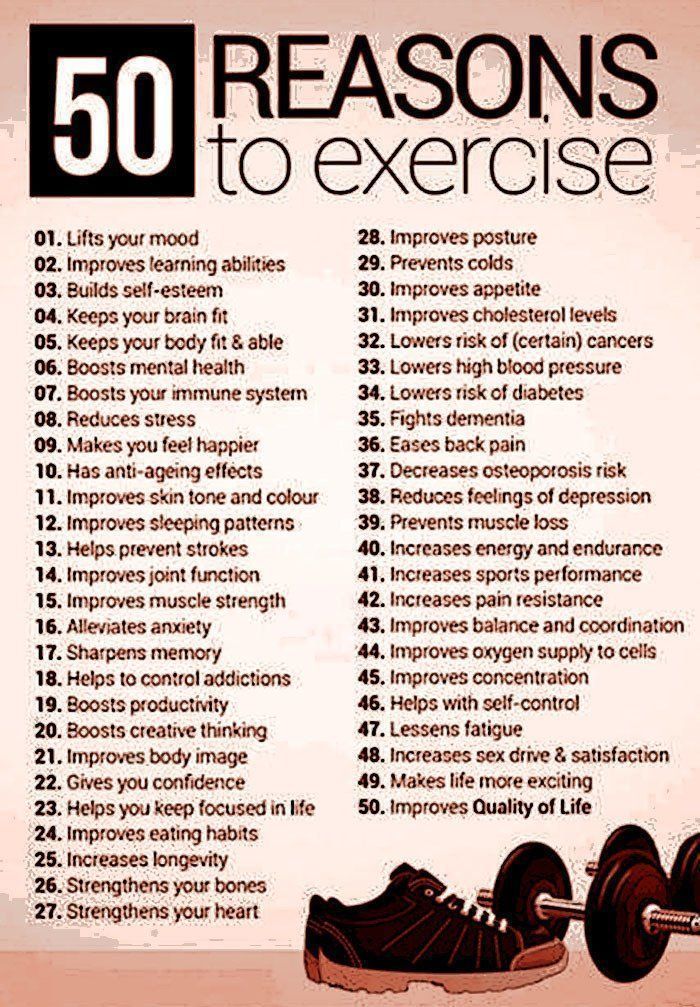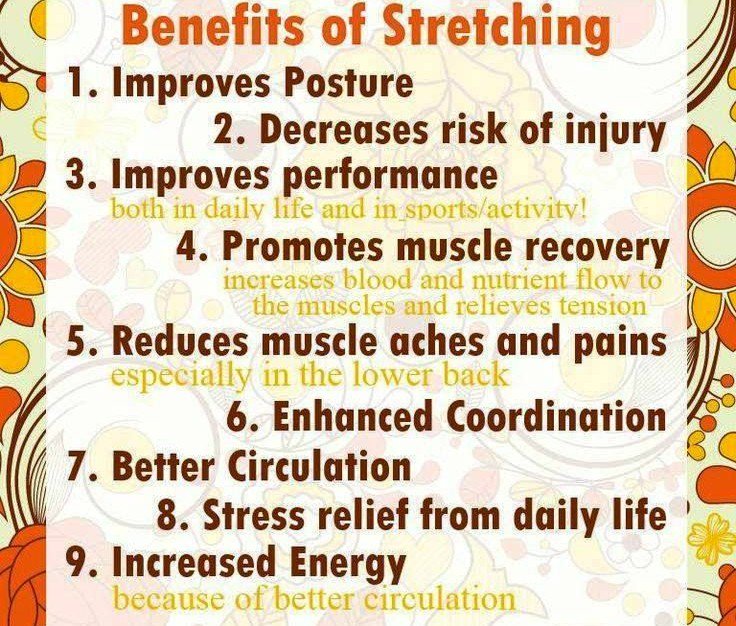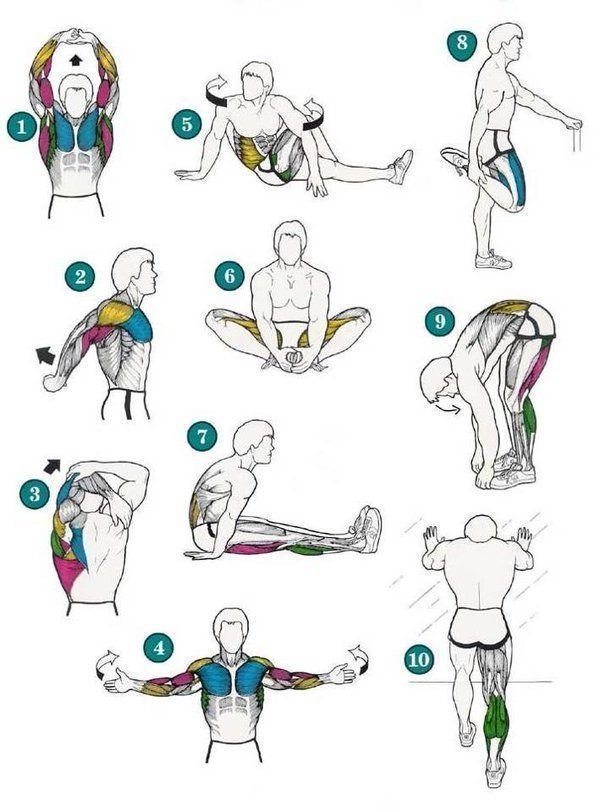With record numbers of us hurtling headlong towards elderhood, all aspects of aging (and anti-aging) are constantly making headlines. Yet while AARP reports the average age of first-time grandparents is now 47 — which may seem ridiculously young to someone applying for a reverse mortgage at 70, 80, or even 90 — few people are ready to behave like the grandparents of yesteryear.
I recently watched Jane Fonda in a movie filmed in 2011, prior to her cosmetic surgeries. While she looked fabulous onscreen at 73, with appropriate facial lines and flowing silver-threaded tresses, now, at almost 81, she looks about 60. It was a trifle odd to see her playing opposite Robert Redford (now 82) in 2017’s Our Souls At Night (a sweet movie based on the book of the same name), because there appeared to be a big discrepancy in their ages.
In this clip where Fonda and Redford speak about the making of Our Souls At Night, Redford spontaneously offers a poignant perspective on growing older (4 minutes in), stating, “When I was young I was very athletic, and I could move the way I wanted to move when I wanted to move, and never thought about it.” As he’s grown older, says Redford, “You realize you have to start being careful, and I find that hard to deal with. But if you’re not careful, the consequences are great.”
A Four-Point Primer for Staying Light on One’s Feet
Redford makes an enduring point. One in four Americans over 65 falls each year. Over age 80, this figure jumps to one in two. And falling once doubles someone’s chances of falling again. The odds of a hip fracture or traumatic brain injury are high — and even if the fall does not result in physical injury, it carries a heavy penalty for future quality of life.
The greatest risk factors for falls in older age? Lower body weakness, coupled with balance and walking difficulties. Vision problems, vitamin D deficiency, medications and home hazards also play a role.
Being in the best possible physical condition can help counterbalance these other factors. Then a senior will be able to more fully enjoy life with the resources a HECM makes available.
We’ve discussed balance before, as well as the importance of cognitive health. There’s more to overall physical fitness than just balance or mental focus, however.
The National Institute on Aging offers a four-pronged approach that can assist HECM clients and prospects in enjoying the benefits of their reverse mortgage for many years to come:
- Endurance. The Teddy Roosevelt aphorism, “Do what you can, with what you have, where you are,” is applicable here. As Redford observed, in his eighties physical activity requires attention.
But far from surrendering to an aging body, the NIA recommends slowly building up endurance by engaging in moderate physical activity to start, such as walking for 10-15 minutes at a comfortable pace, or gardening, cycling, dancing; whatever is appropriate to a senior’s current state of physical fitness — which should always be evaluated by a health professional prior to beginning any fitness program, especially if someone has been sedentary for a while.
- Strength. Unlike cars and appliances, which wear out with use, muscles grow stronger the more we use them, regardless of age. Stronger muscles make it easier for elders to get up out of a chair, carry groceries, play with grandchildren — and improve balance.
There is a wide range of upper and lower body strengthening exercises for seniors, from gripping a tennis ball to wall push-ups to leg raises using a chair.
- Balance and strength go hand-in-hand. In China, millions of adults of all ages — including many people of advanced age — start the day with Tai Chi, an ancient practice of slow, precise movements and breathing exercises that improves bone and heart health, promotes better sleep, and is an excellent way to create and maintain balance. Your local senior center, public library, or Chamber of Commerce should be able to suggest where to find Tai Chi classes in your area. Ask if they have a beginner’s class for mature adults.
- Flexibility. Can you get up easily from the floor, or from a sitting position? Are you able to retrieve something you’ve dropped without discomfort? These are the hallmarks of flexibility. Gentle stretching exercises for every part of an older body work in concert with balance and strength training, and are beneficial even if someone doesn’t work out afterwards. Many of the exercises for all four types of fitness are related, and can be performed in sequence. A senior might even develop his or her own enjoyable routine, and watch as their overall fitness improves.
Adding the Icing
Once somebody is well on their way to a stronger, more limber body, they may want to consider the benefits of exercising in nature, which adds a dimension of mental health to the picture.
And while we believe moderation is always key, new research from Australia suggests that, “exercising above the recommended guidelines as we age could reduce the risk of developing a range of chronic diseases and help promote successful aging.” For someone in peak condition, with their doctor’s green light, this might be a viable option.







